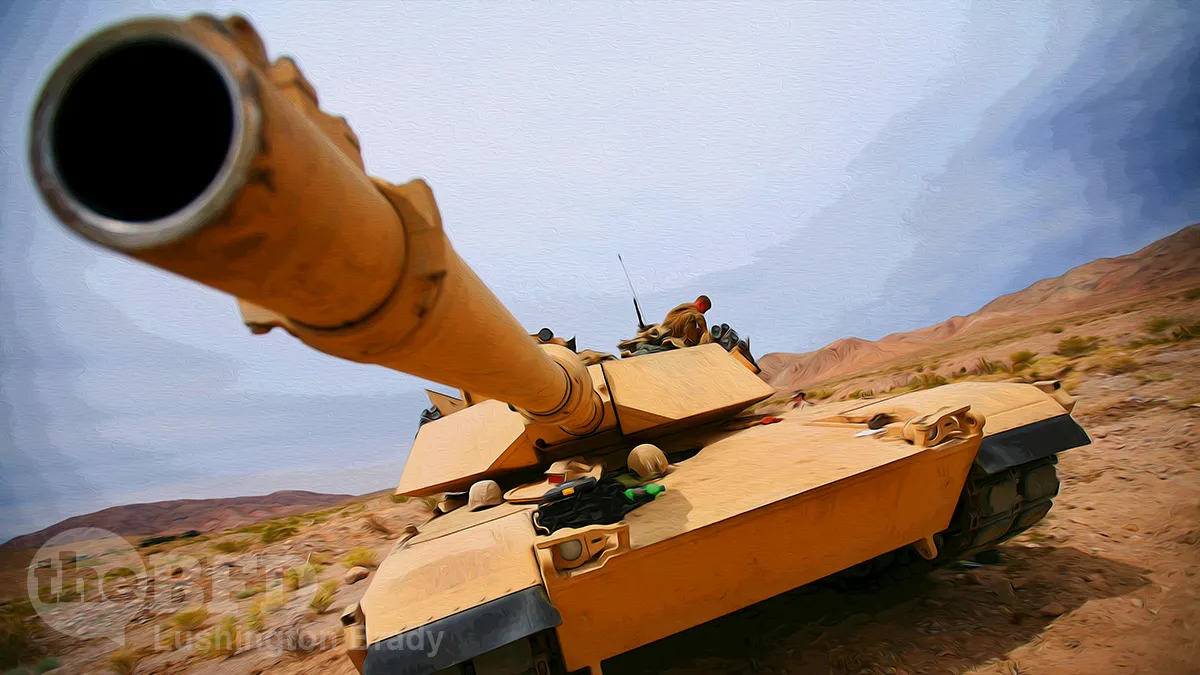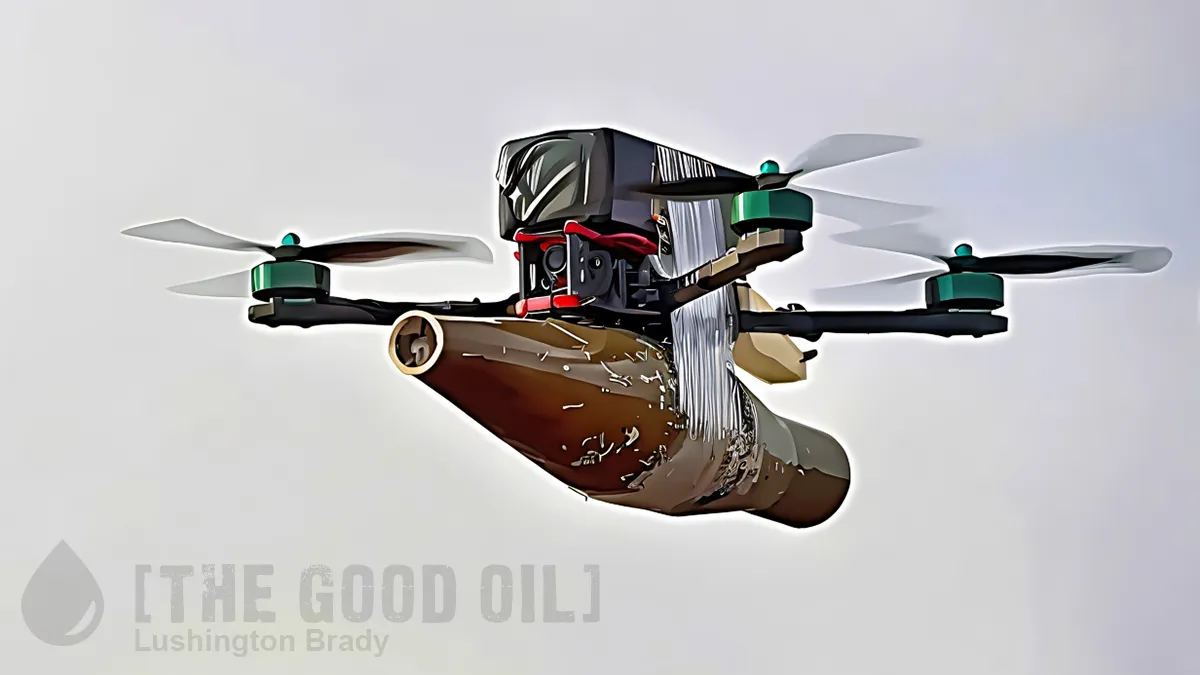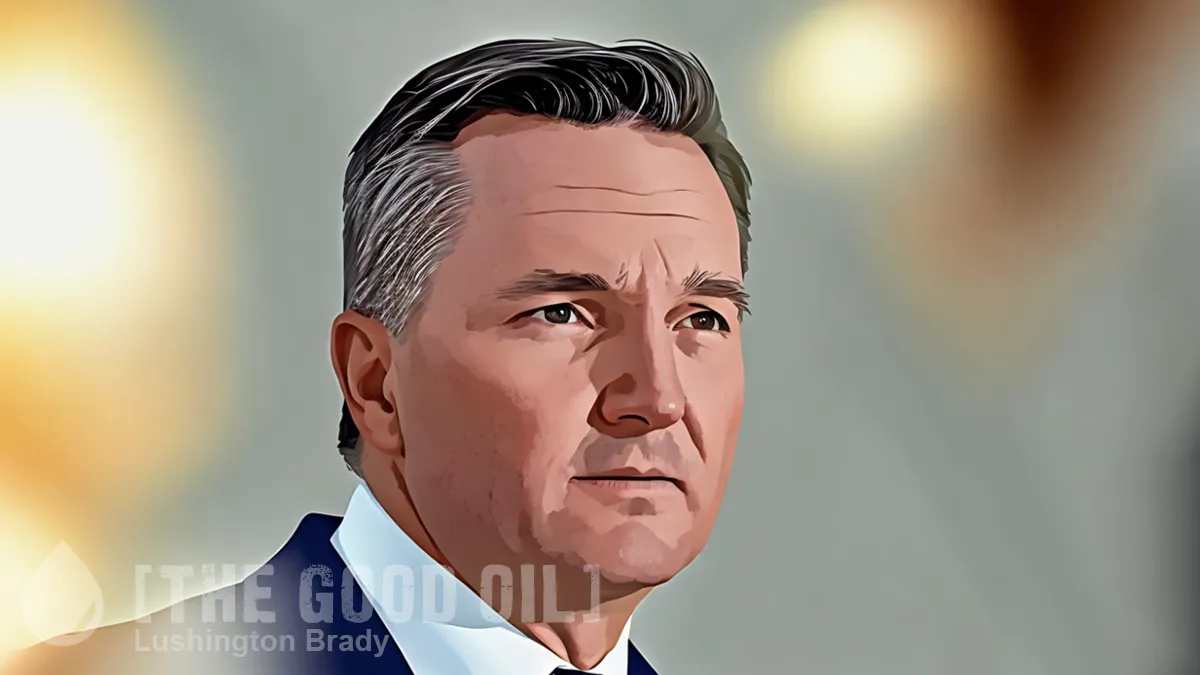When Mitt Romney tried to take Barack Obama to task over the degrading of America’s blue-water fleet, Obama responded with his trademark smirking ignorance and the left-media lapped it up. “We also have fewer horses and bayonets,” haw-haw-hawed President Smug. The media seals honked a chorus of approval.
Fast-forward a decade, and with the Chinese steadily turning the Pacific into a CCP lake, who would you say was the more astute strategic thinker?
While the era of the battleship has probably gone for good, carriers and destroyers are still very much critical to modern warfare.
The same is true, on land, of the tank.
The Albanese government’s search for a more lethal and impactful Australian Defence Force is clearly being shaped by the Ukraine conflict. There are many worthwhile lessons to be learned about battlefield tactics and the use of advanced and improvised weaponry. But one false lesson that should be rejected is that tanks are now obsolete.
The tank was the wonder-weapon of WWI. They were critical to Germany’s astonishing Blitzkrieg victories in Europe. Germany’s feared Panzer battalions failed on the Eastern front, for two reasons: firstly, the Russian winter froze tracks and fuel oil, and, secondly, the Russian T-34 was even more fearsome.
Does the reported widespread destruction of Russian tanks in the Ukraine war, though, herald the end of the tank?
Critics have labelled tanks as behemoths, dinosaurs and of “no strategic value”. Their conclusion? Money set aside for the upgrade of our vestigial tank force, infantry fighting vehicles and Vietnam-era armoured personnel carriers should be reallocated to more useful capabilities.
If these misperceptions are left unchallenged, the ADF risks being stripped of an indispensable tool of trade. The critics make four errors of judgment.
Armies, even modern armies, have tanks for good reason, though. Tanks are the land equivalent of destroyers and fighter jets, providing massive firepower and heavy armour in the same behemoth package.
They are a game changer, as any soldier with combat experience will tell you.
Sure, Russia’s tanks are taking a hammering in Ukraine. They have lost nearly half their main battle tanks – evidence, say the critics, of their fatal vulnerability to modern anti-tank missiles and drones. But Russia’s losses seem more to do with faulty tactics and abandonment.
About half of the 994 documented Russian tanks lost in the first seven months of the war were abandoned by their crews because they lacked infantry support or simply ran out of fuel.
Tellingly, at the same time as Russia is building more tanks, Ukraine is also asking Western suppliers (or, more correctly, the US taxpayers who pay for them) for tanks of their own.
Second, quantity has a quality all its own. We need more than a handful of tanks. And they should be best of class, otherwise you have a token capability. How many does the ADF have? Fifty-nine second-hand, American-made M1A1 Abrams tanks that are decades old. Numerically, this ranks the ADF 88th out of 114 countries with tanks and 18th out of 20 countries in the Asia-Pacific. The US and China have 6612 and 5250 tanks respectively. Further down the scale, South Korea has 2624, Cambodia 539 and Indonesia 314. Even tiny Laos has 130.
A previous order for 75 new tanks and 52 support vehicles has been ditched by the Albanese government, along with an expected cutback in modern infantry fighting vehicles. Counting the Bushmasters that the Albanese government handed over to be blown up in Ukraine, Australia’s mechanised army is looking dangerously poor.
It should be borne in mind, too, that the Australian Army typically uses its tanks differently to other armies, mainly because of our regional environment.
We relied on tanks to destroy Vietcong bunker systems during the Vietnam War. A 2002 Defence Science and Technology Organisation study found that without tanks, operations against these bunkers succeeded in only 65 per cent of cases compared with 95 per cent with six times fewer Australian casualties when tanks were used.
It’s a dangerously naive assumption that Australia is so shielded by its northern coastline that we only need superiority in the air and sea. Anthony Albanese has blithely repeated this fallacy, arguing that a land war in Australia is “highly unlikely”. Does this remind anyone of Helen Clark’s “incredibly benign strategic environment” remark?
This ignores the fact that our maritime neighbourhood comprises thousands of islands.
As we discovered during the Pacific War, some of them would need to be secured or denied to an adversary in the event of a serious threat to Australia, a challenging task that would be far more difficult and dangerous without tanks and their supporting armour.
The Australian
Modern tanks are versatile and high-tech. The next generation Abrams-X is lighter, and uses significantly less fuel than anything Australia has or is currently considering. It includes an advanced system for shooting down incoming anti-tank weapons, and can carry six “kamikaze” drones.
Finally, the unavoidable fact is that, as one defense journalist wrote, “homo sapiens is still a terrestrial, land-dwelling mammal”. In the end, a modern defence force still needs mobile, armoured firepower on land.
Tanks aren’t about to go the way of the horse.









